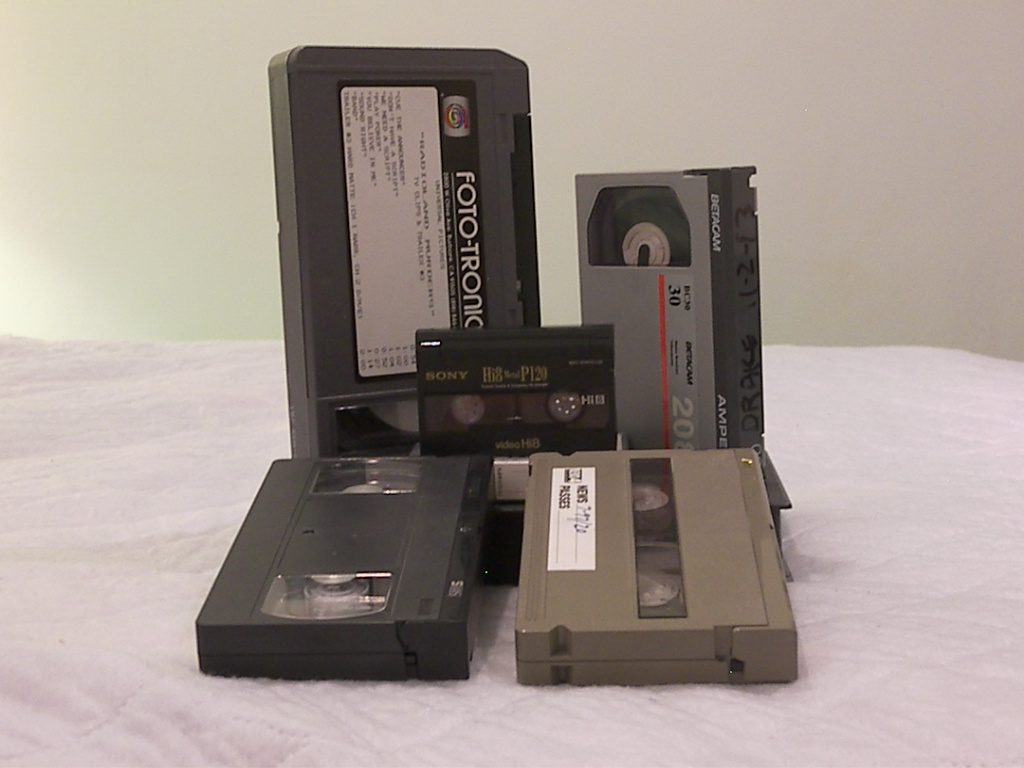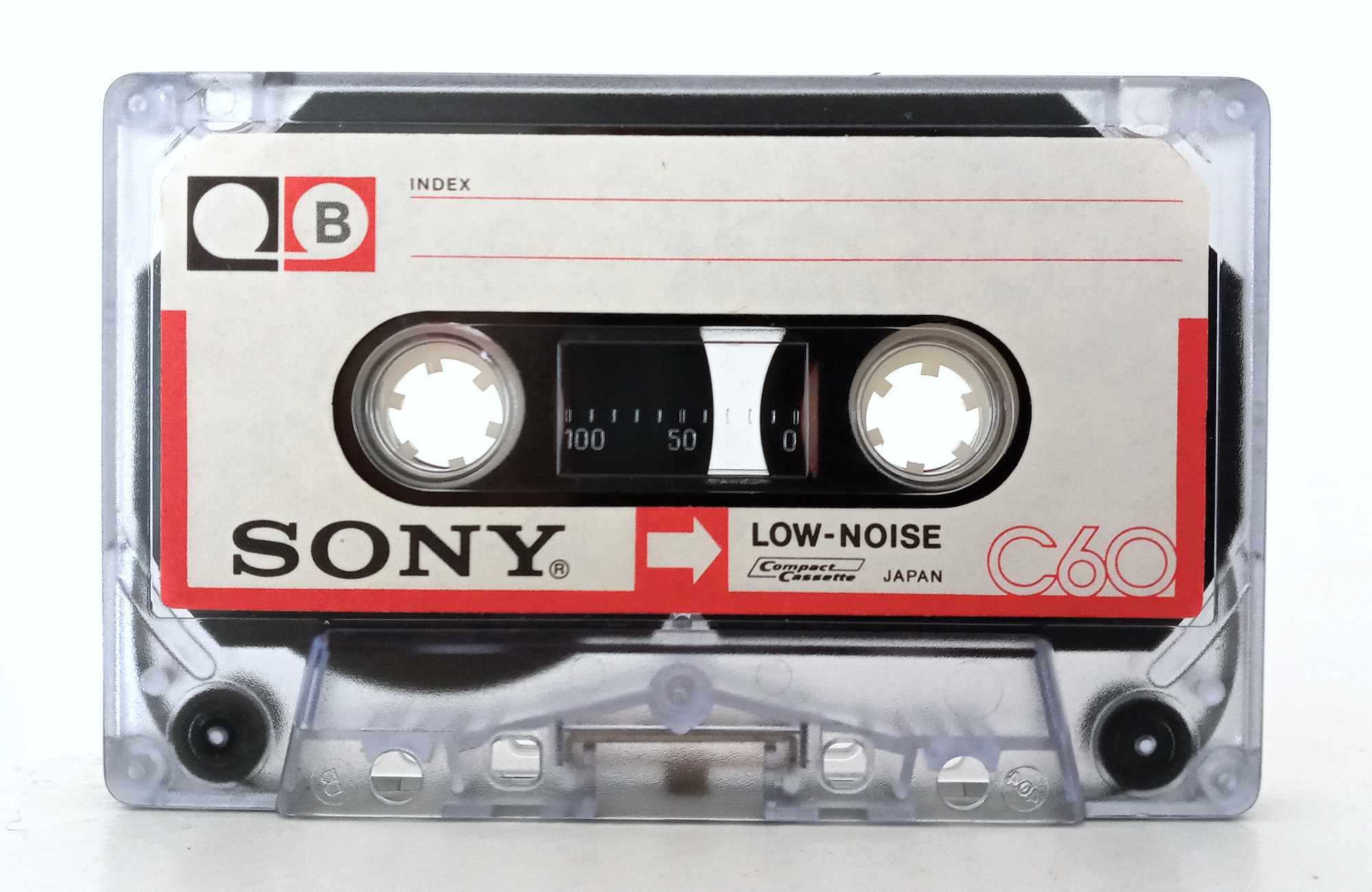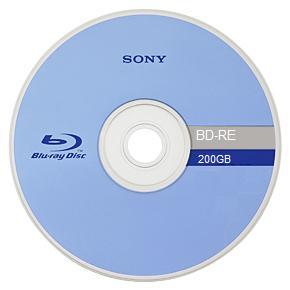|
Umatic SP
U-matic, also known as -inch Type E Helical Scan or SMPTE E, is an analog recording videocassette format developed by Sony. First shown as a prototype in October 1969 and introduced commercially in September 1971, it was among the earliest video formats to house videotape inside a cassette, replacing the reel-to-reel systems common at the time. The format uses tape, earning it the nickname "three-quarter-inch" or simply "three-quarter," in contrast to larger open-reel formats like Type C videotape and quadruplex videotape. The name ''U-matic'' refers to the U-shaped tape path as it threads around the video drum. Unlike most cassette formats, U-matic's supply and take-up reels rotate in opposite directions during playback, fast-forward, and rewind—one clockwise, the other counterclockwise. Each cassette has an internal locking mechanism that secures the tape hubs during transport, and a spring-loaded door that protects the tape; this door automatically opens when the casset ... [...More Info...] [...Related Items...] OR: [Wikipedia] [Google] [Baidu] |
Magnetic Cassette Tape
Cassette, also known as cassette tape, refers to a small plastic unit containing a length of magnetic tape on two reels. The design was created to replicate the way a reel-to-reel machine works with tape moving from one reel to another while being read by a tape head. The design was first made for audio formats but then expanded into video and data storage. , although the cassette format is no longer used for video or data storage, it is still used as an audio format with many consumers still purchasing new album releases on cassette. Terminology The term cassette mainly refers to a unit that has two reels inside. While some of the first cassette formats also used the term "cartridge", in modern usage the term "cartridge" and "tape cartridge" usually refers to a plastic unit that only has one reel of tape and companies that make and sell both type of formats like Fujifilm or Maxell also make the same distinction. History Magnetic tape became a popular method to record and play ... [...More Info...] [...Related Items...] OR: [Wikipedia] [Google] [Baidu] |
Helical Scan
Helical scan is a method of recording high-frequency signals on magnetic tape, used in open-reel video tape recorders, video cassette recorders, digital audio tape recorders, and some computer tape drives. With this technique, magnetic tape heads (or head chips) are placed on a rotating head drum, which moves the chips at high speed by due to its high angular velocity. The speed of the head chips must be higher than the linear speed of the tape. The tape is wrapped tightly around the drum. The drum and/or the tape is tilted at an angle that allows the head chips to read the tape diagonally. The linear speed of the tape is slower than the speed of the head chips, allowing high frequency signals to be read or recorded, such as video. As the tape moves linearly or length-wise, the head chips move across the width of the tape in a diagonal path. Due to geometry, this allows for high head chip speeds, known as writing speeds, to be achieved in spite of the low linear speed of the tap ... [...More Info...] [...Related Items...] OR: [Wikipedia] [Google] [Baidu] |
SMPTE Time Code
SMPTE timecode ( or ) is a set of cooperating standards to label individual frames of video or film with a timecode. The system is defined by the Society of Motion Picture and Television Engineers in the SMPTE 12M specification. SMPTE revised the standard in 2008, turning it into a two-part document: SMPTE 12M-1 and SMPTE 12M-2, including new explanations and clarifications. Timecodes are added to film, video or audio material, and have also been adapted to synchronize music and theatrical production. They provide a time reference for editing, synchronization and identification. Timecode is a form of media metadata. The invention of timecode made modern videotape editing possible and led eventually to the creation of non-linear editing systems. Basic concepts SMPTE timecode is presented in ''hour:minute:second:frame'' format and is typically represented in 32 bits using binary-coded decimal. There are also ''drop-frame'' and ''color framing'' flags and three extra ''bin ... [...More Info...] [...Related Items...] OR: [Wikipedia] [Google] [Baidu] |
DuPont
Dupont, DuPont, Du Pont, duPont, or du Pont may refer to: People * Dupont (surname) Dupont, also spelled as DuPont, duPont, Du Pont, or du Pont is a French surname meaning "of the bridge", historically indicating that the holder of the surname resided near a bridge. , the name was the fourth most popular surname in Belgium, and , i ..., a surname of French origin * Du Pont family, one of the wealthiest families in the United States Companies * DuPont, one of the world's largest chemical companies * Du Pont Motors, a marine engine and automobile manufacturer from 1919 to 1931 * Dupont Brewery, a brewery in Belgium Places in the United States * Dupont, Colorado, an unincorporated community * Du Pont, Georgia, a town * Dupont, Indiana, a town * Dupont, Pointe Coupee Parish, Louisiana, an unincorporated community * Dupont, Ohio, a village * Dupont, Pennsylvania, a borough * Dupont, Tennessee, a community * DuPont, Washington, a city * Dupont, Wisconsin, a town * DuPont ... [...More Info...] [...Related Items...] OR: [Wikipedia] [Google] [Baidu] |
Compact Cassette
The Compact Cassette, also commonly called a cassette tape, audio cassette, or simply tape or cassette, is an analog magnetic tape recording format for audio recording and playback. Invented by Lou Ottens and his team at the Dutch company Philips, the Compact Cassette was released in August 1963. Compact Cassettes come in two forms, either containing content as a prerecorded cassette (''Musicassette''), or as a fully recordable "blank" cassette. Both forms have two sides and are reversible by the user. Although other tape cassette formats have also existed—for example the Microcassette—the generic term ''cassette tape'' is normally used to refer to the Compact Cassette because of its ubiquity. From 1983 to 1991 the cassette tape was the most popular audio format for new music sales in the United States. Compact Cassettes contain two miniature spools, between which the magnetically coated, polyester-type plastic film (magnetic tape) is passed and wound—essentia ... [...More Info...] [...Related Items...] OR: [Wikipedia] [Google] [Baidu] |
Nickel Cadmium Battery
Nickel is a chemical element; it has symbol Ni and atomic number 28. It is a silvery-white lustrous metal with a slight golden tinge. Nickel is a hard and ductile transition metal. Pure nickel is chemically reactive, but large pieces are slow to react with air under standard conditions because a passivation layer of nickel oxide forms on the surface that prevents further corrosion. Even so, pure native nickel is found in Earth's crust only in tiny amounts, usually in ultramafic rocks, and in the interiors of larger nickel–iron meteorites that were not exposed to oxygen when outside Earth's atmosphere. Meteoric nickel is found in combination with iron, a reflection of the origin of those elements as major end products of supernova nucleosynthesis. An iron–nickel mixture is thought to compose Earth's outer and inner cores. Use of nickel (as natural meteoric nickel–iron alloy) has been traced as far back as 3500 BCE. Nickel was first isolated and classified as an ... [...More Info...] [...Related Items...] OR: [Wikipedia] [Google] [Baidu] |
Sony BVE-600 UMatic Edit Controller (44714270850)
is a Japanese multinational conglomerate headquartered at Sony City in Minato, Tokyo, Japan. The Sony Group encompasses various businesses, including Sony Corporation (electronics), Sony Semiconductor Solutions (imaging and sensing), Sony Entertainment (including Sony Pictures and Sony Music Group), Sony Interactive Entertainment (video games), Sony Financial Group, and others. Sony was founded in 1946 as by Masaru Ibuka and Akio Morita. In 1958, the company adopted the name Initially an electronics firm, it gained early recognition for products such as the TR-55 transistor radio and the CV-2000 home video tape recorder, contributing significantly to Japan's post-war economic recovery. After Ibuka's retirement in the 1970s, Morita served as chairman until 1994, overseeing Sony's rise as a global brand recognized for innovation in consumer electronics. Landmark products included the Trinitron color television, the Walkman portable audio player, and the co-developmen ... [...More Info...] [...Related Items...] OR: [Wikipedia] [Google] [Baidu] |
U-Matic VCR Upright
U-matic, also known as -inch Type E Helical Scan or SMPTE E, is an analog recording videocassette#Cassette formats, videocassette format developed by Sony. First shown as a prototype in October 1969 and introduced commercially in September 1971, it was among the earliest video formats to house videotape inside a cassette, replacing the reel-to-reel systems common at the time. The format uses tape, earning it the nickname "three-quarter-inch" or simply "three-quarter," in contrast to larger open-reel formats like Type C videotape and quadruplex videotape. The name ''U-matic'' refers to the U-shaped tape path as it threads around the video drum. Unlike most cassette formats, U-matic's supply and take-up reels rotate in opposite directions during playback, fast-forward, and rewind—one clockwise, the other counterclockwise. Each cassette has an internal locking mechanism that secures the tape hubs during transport, and a spring-loaded door that protects the tape; this door aut ... [...More Info...] [...Related Items...] OR: [Wikipedia] [Google] [Baidu] |
Sony U-Matic SP Tape Recorder (6498645805)
is a Japanese multinational conglomerate headquartered at Sony City in Minato, Tokyo, Japan. The Sony Group encompasses various businesses, including Sony Corporation (electronics), Sony Semiconductor Solutions (imaging and sensing), Sony Entertainment (including Sony Pictures and Sony Music Group), Sony Interactive Entertainment (video games), Sony Financial Group, and others. Sony was founded in 1946 as by Masaru Ibuka and Akio Morita. In 1958, the company adopted the name Initially an electronics firm, it gained early recognition for products such as the TR-55 transistor radio and the CV-2000 home video tape recorder, contributing significantly to Japan's post-war economic recovery. After Ibuka's retirement in the 1970s, Morita served as chairman until 1994, overseeing Sony's rise as a global brand recognized for innovation in consumer electronics. Landmark products included the Trinitron color television, the Walkman portable audio player, and the co-developmen ... [...More Info...] [...Related Items...] OR: [Wikipedia] [Google] [Baidu] |
16mm Film
16 mm film is a historically popular and economical Film gauge, gauge of Photographic film, film. 16 mm refers to the width of the film (about inch); other common film gauges include 8 mm film, 8 mm and 35mm movie film, 35 mm. It is generally used for non-theatrical (e.g., industrial, educational, television) film-making, or for low-budget motion pictures. It also existed as a popular amateur or home movie-making format for several decades, alongside 8 mm film and later Super 8 film. Kodak, Eastman Kodak released the first 16 mm "outfit" in 1923, consisting of a Ciné-Kodak camera, Kodascope projector, tripod, screen and splicer, for US$335 (). RCA Records, RCA-Victor introduced a 16 mm sound movie projector in 1932, and developed an optical sound-on-film 16 mm camera, released in 1935. History Eastman Kodak introduced 16 mm film in 1923, as a less expensive alternative to 35mm movie film, 35 mm Film formats, film for amateurs. The ... [...More Info...] [...Related Items...] OR: [Wikipedia] [Google] [Baidu] |
Electronic News Gathering
Electronic news gathering (ENG) or electronic journalism (EJ) is usage of electronic video and audio technologies by reporters to gather and present news instead of using film cameras. The term was coined during the rise of videotape technology in the 1970s. ENG can involve anything from a single reporter with a single professional video camera, to an entire television crew taking a truck on location. Beginnings Shortcomings of film The term ENG was created as television news departments moved from film-based news gathering to electronic field production technology in the 1970s. Since film requires chemical processing before it can be viewed and edited, it generally took at least an hour from the time the film arrived back at the television station or network news department until it was ready to be broadcast. Film editing was done by hand on what was known as " color reversal" film, usually Kodak Ektachrome, meaning there were no negatives. Color reversal film had repla ... [...More Info...] [...Related Items...] OR: [Wikipedia] [Google] [Baidu] |
Chromium(IV) Oxide
Chromium dioxide or chromium(IV) oxide is an inorganic compound with the formula CrO2. It is a black synthetic magnetic solid. It once was widely used in magnetic tape emulsion. With the increase in popularity of CDs and DVDs and more recently digital media, the use of chromium(IV) oxide has declined. However, it is still used in data tape applications for enterprise-class storage systems. It is still considered by many oxide and tape manufacturers to have been one of the best magnetic recording particulates ever invented. Preparation and basic properties CrO2 was first prepared by Friedrich Wöhler by decomposition of chromyl chloride. Acicular chromium dioxide was first synthesized in 1956 by Norman L. Cox, a chemist at E.I. DuPont, by decomposing chromium trioxide in the presence of water at a temperature of and a pressure of 200 MPa. The balanced equation for the hydrothermal synthesis is: :3 CrO3 + Cr2O3 → 5 CrO2 + O2 The magnetic crystal that forms is a ... [...More Info...] [...Related Items...] OR: [Wikipedia] [Google] [Baidu] |








